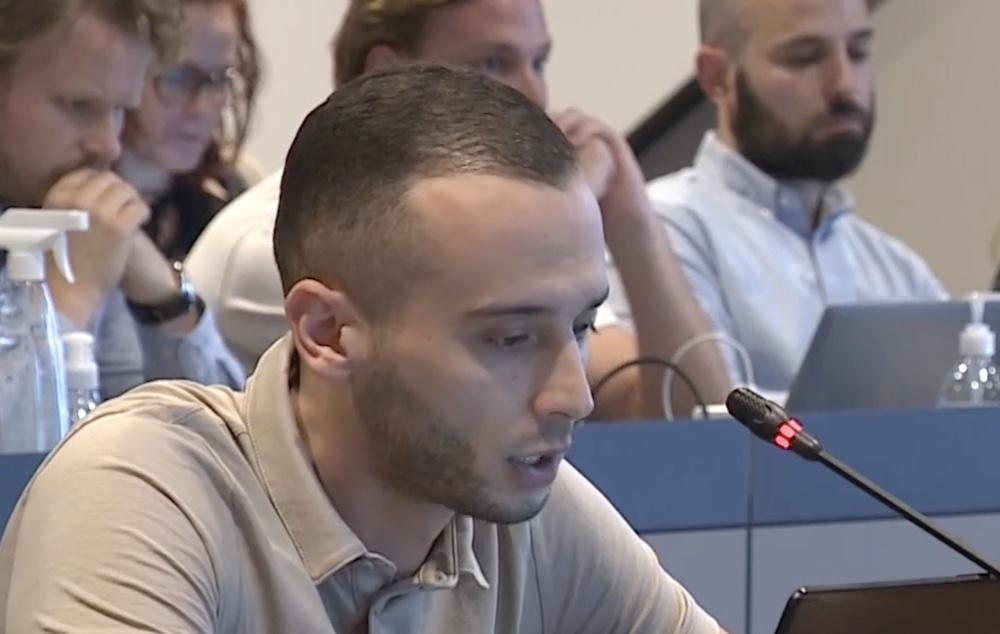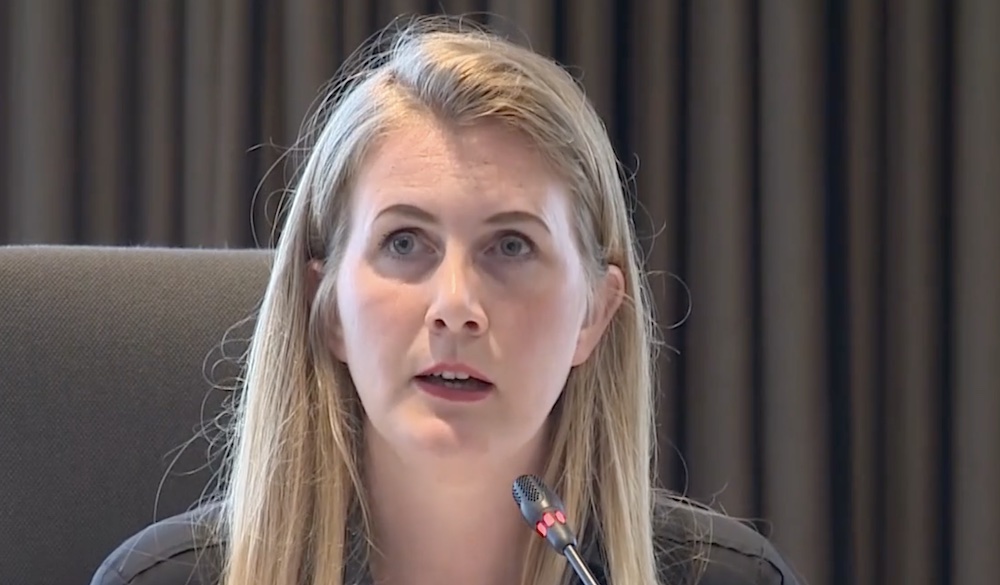Taxi drivers, entrepreneurs and emergency services express their frustration and concern about the impact of the Weesperstraat cut-off in Amsterdam.
The debate in the Stopera about the “cut” in the Weesperstraat has revealed the division of the city. The cut - a traffic experiment by the city council that closes certain downtown streets to through traffic to reduce traffic pressure and emissions - has sparked heated conversations between local politicians and affected communities.
Amsterdam alderman Melanie van der Horst (D66) sees no reason to stop the current test, despite the increasing number of criticism and concerns. Van der Horst argues that the “incidents that took place on Saturday could not be linked to the experiment”.
However, taxi drivers, entrepreneurs and emergency services are expressing their frustration and concern about the impact of the cut. In an emotional speech ahead of the debate, taxi driver Zouhair Bakali spoke of weekly losses of up to 35 percent. He points to the daily traffic jams on routes such as the Ceintuurbaan and Kattenburgerstraat and the increased aggression of passengers who do not understand the closures.
Bakali's comments illustrate the growing dissatisfaction among residents and entrepreneurs about the cut and its effect on their daily lives and business operations.

Bakali criticizes the city council and calls the cut "a big joke". He argues that the city has been disrupted by the experiment and calls for acceptance that the trial failed. Fellow taxi driver Stef Kei also confirms these sentiments, he speaks of a "total disaster" and points to the economic damage for entrepreneurs.
Not only the taxi industry has been affected. Emergency services are also experiencing inconvenience from the changes. VVD councilor Stijn Nijssen brings to light two incidents that were not included in the reports of the alderman, in which emergency services were delayed due to the cut.
Although D66 council member Elise Moeskops acknowledges that there is a greater chance that emergency services will be on location less quickly due to the cuts in the surrounding areas, she emphasizes that the arrival times between the cuts, such as on the Eastern Islands, the Weesperstraat and the Valkenburgerstraat, are strong increased. She considers the situation as a “dosed risk that is taken in the interest of the city”, pointing to the decrease in particulate matter in Valkenburgerstraat.
Opinions are divided and emotions are high. However, despite calls from the parties involved to stop the trial, Van der Horst remains firm in her decision. This raises further questions about the future of the cut and its impact on the residents of Amsterdam. The conclusion has not yet been reached, but one thing is certain: the Weesperstraat cut-off remains a much-discussed subject in the Stopera and beyond.

Van der Horst responds to this by stating that she is open to all incidents and that the municipality can always delve deeper into them. But she reiterates that there was a lot going on in the city on the day of the incidents, including many problems on the A10 that could not be linked in any way to the test on Weesperstraat.
Despite the resistance and the lively debate, Van der Horst sticks to her point of view. She claims that many of the incidents were not directly related to the cut and that she is open to all possible incidents and comments.
The alderman looks back on a recent Saturday in which the center, East and several highways were stuck. She explains that this was due to the combination of the closure of the A10 North, the Keti Koti festival and an incident in the IJtunnel. In her statement, she emphasizes that the decision to keep the budget open on Weesperstraat was not taken on the basis of political sentiments, but on substantive arguments.
Despite the resistance and the lively debate, Van der Horst sticks to her point of view. She claims that many of the incidents were not directly related to the cut and that she is open to all possible incidents and comments.
In the last few days, the emergency services have not reported any particularities or delays around the cut, although the fire service indicates that it was "extremely busy" on both the roads within the city and the surrounding highways on Sunday. This information contributes to the increasing pressure on the city council to find a solution for the cut that meets the needs of the residents of Amsterdam, the emergency services, as well as the business interests of entrepreneurs and taxi drivers.
It now remains to be seen how the city council will deal with this controversy surrounding the cut and whether further steps will be taken to alleviate the concerns of the opponents. With the recent debates in the Stopera and the continued criticism from those involved, it is clear that the future of the Knip Weesperstraat in Amsterdam will remain a point of discussion for a long time to come.
Source: Summary blog report Stefan Bunschoten · AT5




